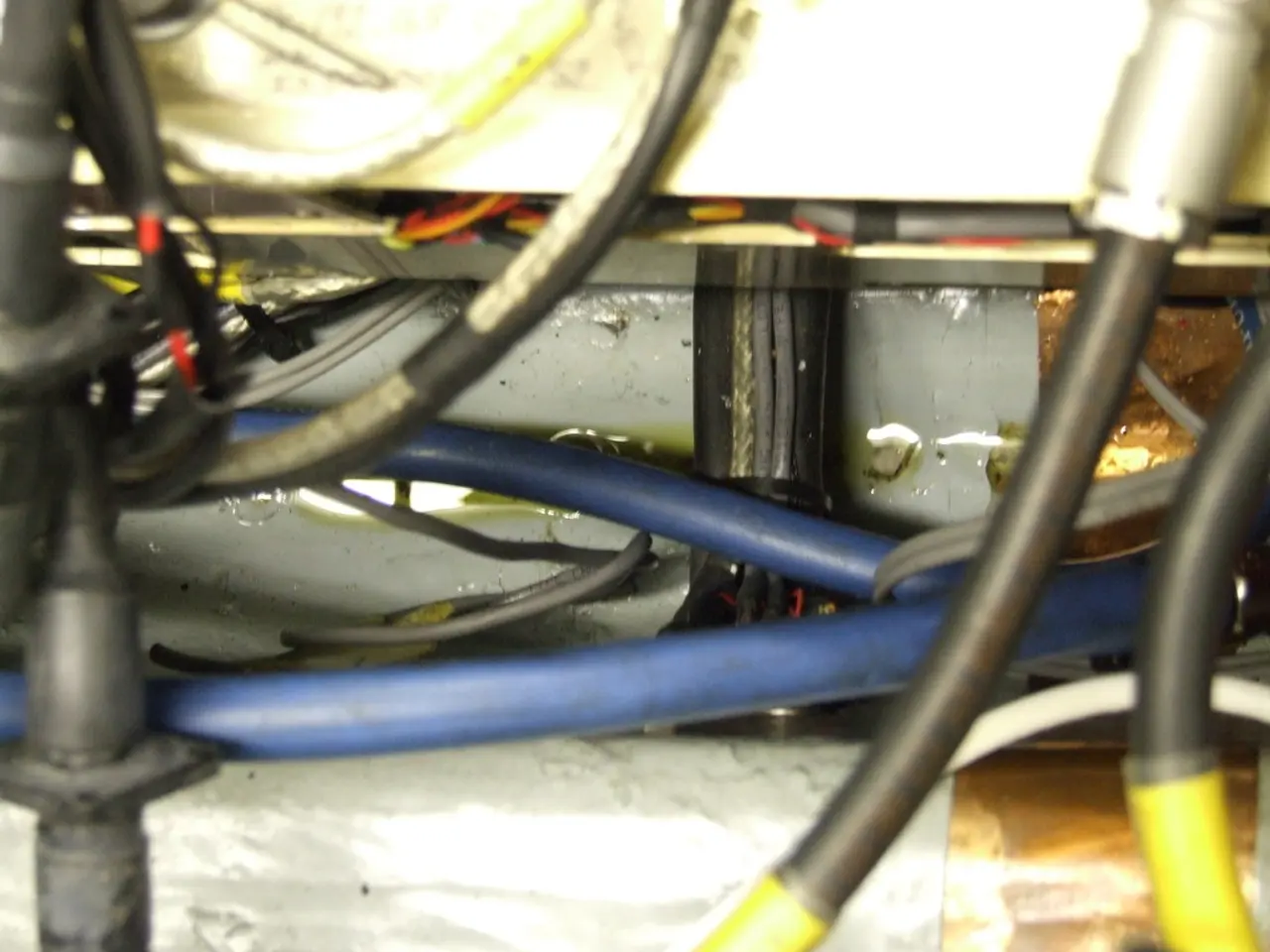Interconnection Method: Wire Bonding - A High-Efficiency Technique
In the realm of microelectronics, the interconnection process plays a crucial role in creating electrical connections between various components. One such process is wire bonding, which employs a thin wire, heat, pressure, and ultrasonic energy to establish these connections. This article delves into three prominent bonding methods: thermocompression (TC), ultrasonic (US), and thermosonic (TS) bonding, each with its unique advantages and disadvantages.
**Thermocompression (TC) Bonding**
Thermocompression bonding stands out due to its ability to produce very strong and reliable metallurgical bonds. This is achieved by applying high temperature and pressure, facilitating atomic diffusion at the interface. The method is particularly suitable for heterogeneous integration of micro-bumps combining various IC technologies, allowing high-density interconnects. The bonds produced exhibit excellent electrical and mechanical properties due to strong intermetallic formation.
However, thermocompression bonding has its drawbacks. The high temperatures required (often several hundred degrees Celsius) can induce thermal stress and potentially damage sensitive devices. Longer bonding times are also a disadvantage due to the diffusion processes involved. Furthermore, the equipment and process are more complex and costly.
**Ultrasonic (US) Bonding**
Ultrasonic bonding offers an advantage over TC bonding by applying high-frequency mechanical vibrations at comparatively lower temperatures. This allows bonding mostly via ultrasonic energy, making it useful for temperature-sensitive components. The faster bonding process and less thermal damage relative to TC are significant advantages.
Despite these advantages, ultrasonic bonding tends to produce mechanically weaker bonds compared to TC because bonding relies on friction and metallurgical adhesion rather than diffusion. Additionally, difficulties in bonding some materials that are hard or have poor ultrasonic coupling are potential challenges. Lastly, there is a risk of introducing mechanical damage or cracks from vibrations if not properly controlled.
**Thermosonic (TS) Bonding**
Thermosonic bonding, a combination of heat, pressure, and ultrasonic energy, offers a balanced approach. It leverages the benefits of both TC and US, lowering temperature and pressure requirements to reduce thermal stress on devices. The result is highly reliable bonds with good mechanical strength and electrical conductivity. Thermosonic bonding is widely used in wire bonding and microelectronics packaging for its balance of speed and bond quality.
However, thermosonic bonding involves more complex process control due to the coordination of temperature, ultrasonic power, and mechanical force. The equipment is slightly more expensive than pure ultrasonic bonding, and it may not be as strong metallurgically as high-temperature TC bonding in some applications.
In summary, TC bonding excels when strong, high-reliability metallurgical bonds are essential but at the cost of thermal budget and stress. US bonding is advantageous for low-temperature processes but with typically weaker bonds. TS bonding offers a balanced approach, utilizing moderate heat and ultrasonic energy to produce strong bonds without excessive thermal or mechanical damage.
This makes each method suitable for different microelectronic packaging and assembly scenarios depending on device sensitivity, required bond strength, and production cost and speed constraints.
Controlled impedance can be maintained more effectively in thermosonic (TS) bonding, as it utilizes a balanced approach of heat, pressure, and ultrasonic energy to produce bonds with good mechanical strength and electrical conductivity, thus providing a more controlled interconnection process.
In data-and-cloud-computing, where the minimization of thermal stress on components is critical due to the high density and delicate nature of the technological interconnections, ultrasonic (US) bonding stands out due to its ability to apply high-frequency mechanical vibrations at comparatively lower temperatures, reducing the risk of thermal stress-induced damage.




